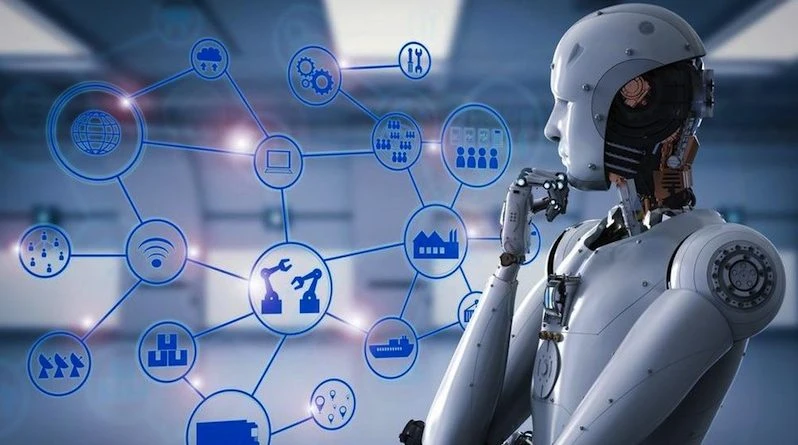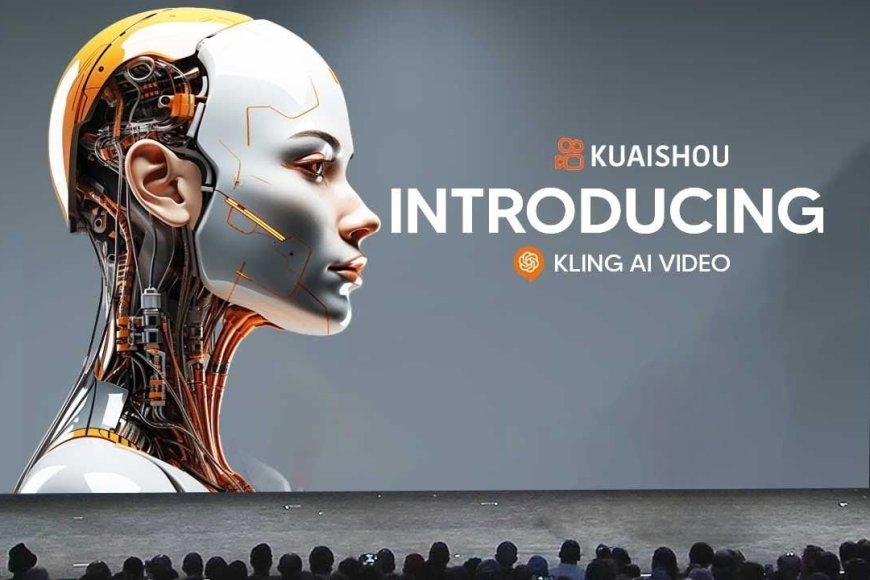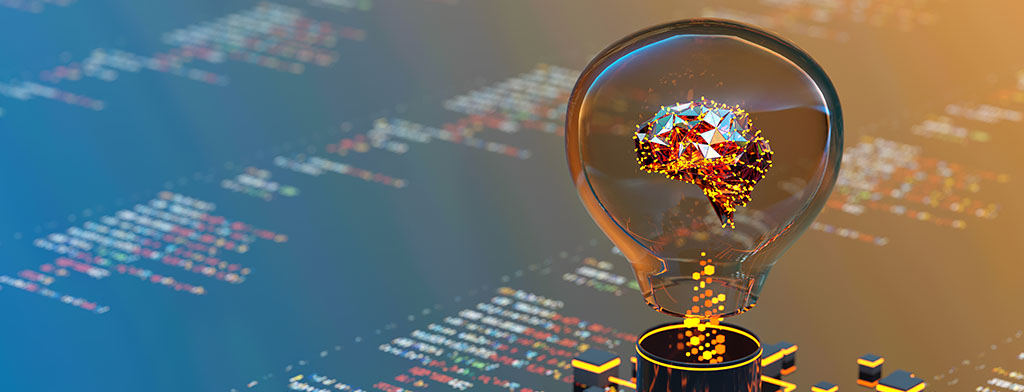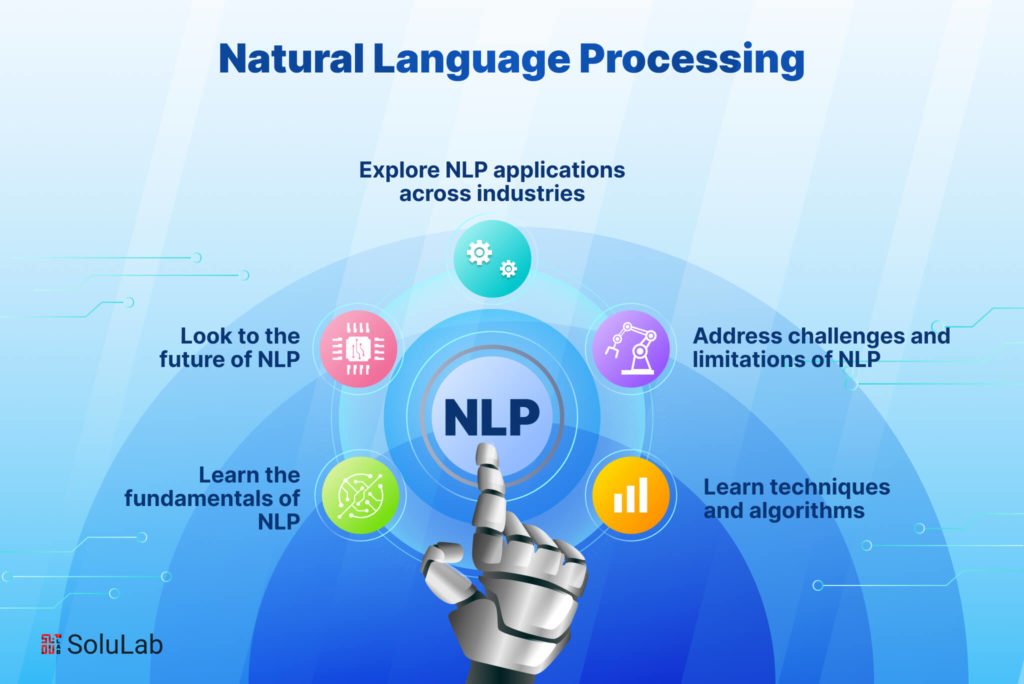Test AI on YOUR Website in 60 Seconds
See how our AI instantly analyzes your website and creates a personalized chatbot - without registration. Just enter your URL and watch it work!
Introduction: The Rise of AI
While Machine Learning has been around for decades, Deep Learning has revolutionized the field with its ability to handle vast amounts of data and solve problems previously thought impossible. But what exactly are these technologies, how do they differ, and when should each be used? Let’s dive deeper.

What is Machine Learning?
Key Characteristics of Machine Learning:
Works with structured and semi-structured data
Requires human intervention for feature selection
Uses algorithms such as decision trees, support vector machines, and regression models
Can be implemented on standard computing systems
Types of Machine Learning Algorithms:
Supervised Learning – The model is trained on labeled data. Example: Email spam detection, where the system learns from examples of spam and non-spam emails.
Unsupervised Learning – The model discovers patterns in unlabeled data. Example: Customer segmentation in marketing.
Reinforcement Learning – The model learns by interacting with the environment and receiving rewards for correct actions. Example: AI in video games or robotic control.
Examples of Machine Learning Applications:
Predictive maintenance in manufacturing
Chatbots and virtual assistants
Fraud detection in banking
Recommendation systems (Netflix, Amazon)
What is Deep Learning?
Key Characteristics of Deep Learning:
Can handle unstructured data such as images, videos, and text
Requires minimal feature engineering as the model extracts features automatically
Demands high computational power, often requiring GPUs or TPUs
Excels in tasks that involve speech, vision, and natural language processing
How Do Neural Networks Work?
Deep Learning relies on artificial neural networks (ANNs), which are composed of layers of interconnected nodes (neurons). Each neuron processes information and passes it forward, refining predictions at each layer.
Common Deep Learning Architectures:
Convolutional Neural Networks (CNNs) – Used for image and video processing
Recurrent Neural Networks (RNNs) – Used for time-series data and speech recognition
Transformers – Used in NLP models like ChatGPT and BERT
Examples of Deep Learning Applications:
Self-driving car perception systems
Real-time language translation (Google Translate)
Healthcare diagnostics (detecting cancer from medical images)
Advanced chatbots and voice assistants
Key Differences Between Machine Learning and Deep Learning
Real-World Applications of ML & DL
Healthcare: Predicting diseases based on medical records
Finance: Credit scoring and fraud detection
Marketing: Customer behavior analysis and personalized ads
E-commerce: Product recommendations
Deep Learning in Action:
Autonomous Vehicles: Object detection and path planning
Security & Surveillance: Facial recognition systems
Entertainment: AI-generated music, deepfake videos
Robotics: Human-like movement and decision-making
Test AI on YOUR Website in 60 Seconds
See how our AI instantly analyzes your website and creates a personalized chatbot - without registration. Just enter your URL and watch it work!
Challenges and Limitations
Machine Learning Challenges:
Requires extensive data preprocessing
Struggles with complex, unstructured data
Needs domain expertise for effective feature selection
Deep Learning Challenges:
Requires massive datasets for training
Computationally expensive, needing powerful hardware
Hard to interpret decisions made by deep networks
Despite these challenges, ongoing research is making both ML and DL more efficient and accessible.
The Future of AI: Where Are We Headed?
More efficient deep learning models that require less data
Increased automation in AI development through AutoML
A shift toward explainable AI to improve transparency
Enhanced AI-human collaboration in decision-making
While Machine Learning will continue to be a core component of AI applications, Deep Learning is pushing the boundaries of what’s possible. The integration of these technologies will lead to even smarter, more adaptable systems.
Conclusion
Are you ready to leverage the power of AI? Whether you're starting with traditional Machine Learning or diving deep into neural networks, the future is full of possibilities!






